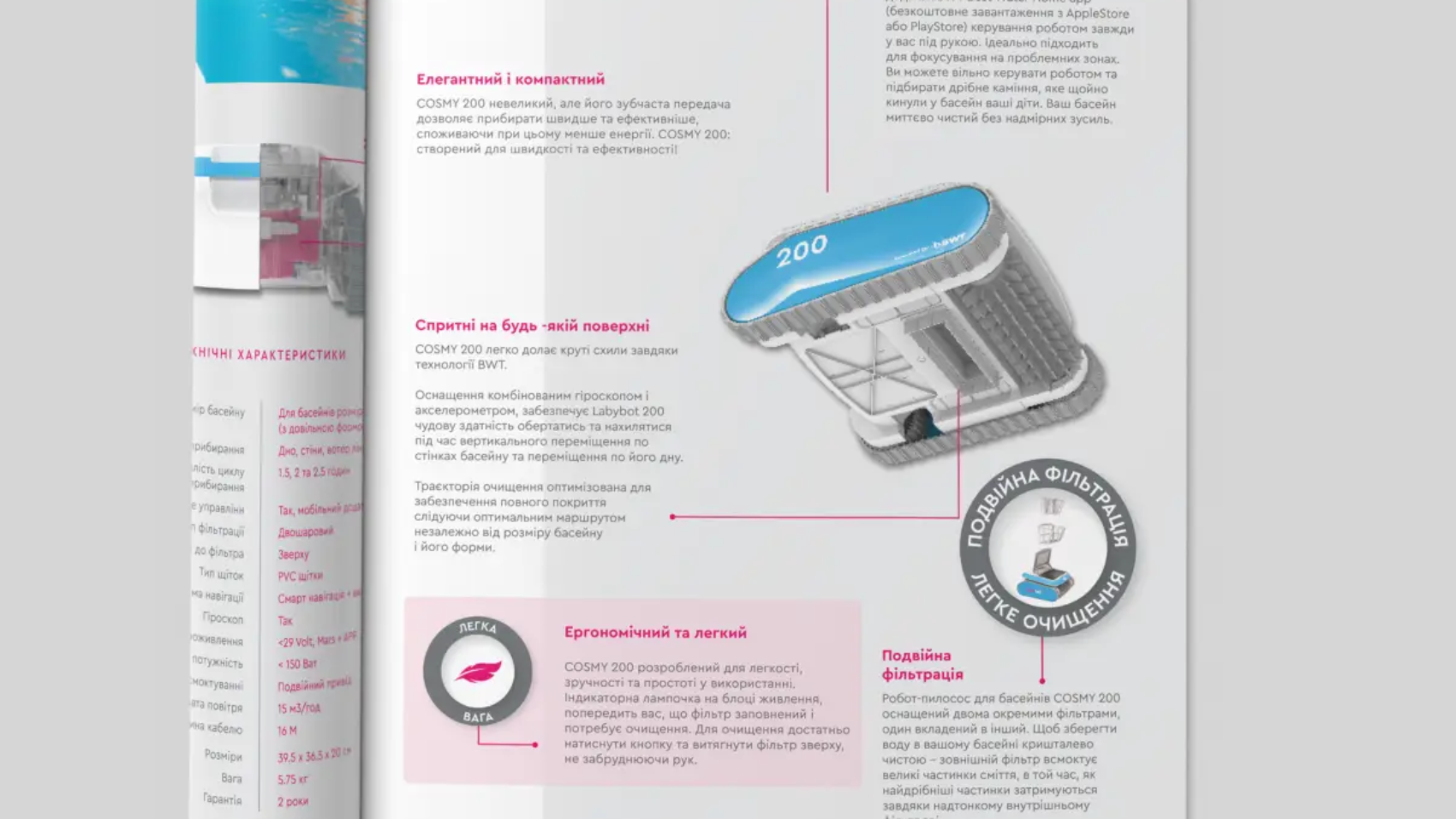International corporations face the challenge of maintaining a consistent brand image while adapting their marketing materials to diverse local markets. Localization goes beyond mere translation; it requires a deep understanding of cultural nuances, local preferences, and regional regulations. Here are the key considerations and best practices for localizing marketing materials across multiple countries.
Main Points to Consider in Marketing Localization
1. Cultural Sensitivity
– Understand local customs, traditions, and taboos.
– Adapt imagery, colors, and symbols to resonate with local audiences.
– Be aware of cultural connotations in different markets.
2. Language Nuances
– Go beyond literal translation to capture the intended meaning and tone.
– Consider idioms, slang, and colloquialisms specific to each region.
– Adapt humor and wordplay carefully, as they may not translate well.
3. Legal and Regulatory Compliance
– Research local advertising laws and regulations.
– Ensure claims and product descriptions meet regional standards.
– Adapt disclaimers and legal notices as necessary.
4. Local Market Preferences
– Tailor messaging to address specific pain points and desires of local consumers.
– Adapt product features and benefits to highlight what’s most relevant in each market.
– Consider local competition and position your brand accordingly.
5. Design and Layout Considerations
– Accommodate different text lengths in various languages.
– Adapt layouts for right-to-left languages like Arabic or Hebrew.
– Ensure visual elements are culturally appropriate and resonate with local audiences.
6. Local SEO and Digital Presence
– Optimize content for local search engines and keywords.
– Adapt social media strategies to popular platforms in each region.
– Consider local domain extensions and hosting for better regional performance.
7. Consistency Across Markets
– Maintain core brand elements while allowing for necessary local adaptations.
– Ensure key messaging and brand values remain consistent across all markets.
– Develop a centralized brand guideline that allows for local flexibility.
Implementing an Effective Localization Strategy
To successfully manage marketing materials across multiple languages and regions, consider the following actions:
1. Establish a Centralized Brand Management System
– Implement a digital asset management (DAM) platform to store and organize all marketing materials.
– Ensure easy access for teams across different regions while maintaining version control.
2. Create a Global-Local Team Structure
– Develop a central team to oversee global strategy and brand consistency.
– Empower local teams with the autonomy to adapt materials to their markets.
3. Invest in Professional Translation and Localization Services
– Work with native speakers and cultural experts for each target market.
– Use translation memory tools to ensure consistency in terminology and phrasing.
4. Implement a Review and Approval Process
– Establish a clear workflow for adapting and approving localized materials.
– Include both global and local stakeholders in the review process.
5. Leverage Technology for Efficiency
– Utilize translation management systems to streamline the localization process.
– Implement marketing automation tools that support multi-language campaigns.
Brand Management Software for Localization
Several brand management platforms can help international corporations manage their marketing materials across multiple languages and regions:
1. Bynder
– Offers digital asset management, creative workflow, and brand identity features.
– Supports multi-language content management and version control.
2. Frontify
– Provides brand guidelines, digital asset management, and collaboration tools.
– Offers localization features for managing brand assets across different markets.
3. Widen Collective
– Combines digital asset management with product information management.
– Supports multi-language metadata and search functionality.
4. Brandfolder
– Offers AI-powered asset management and brand analytics.
– Provides version control and localization features for global brands.
5. Canto
– Provides digital asset management with strong organizational features.
– Supports multi-language tagging and search capabilities.
By considering these key points and leveraging the right tools and strategies, international corporations can effectively localize their marketing materials while maintaining brand consistency across diverse markets. This approach not only ensures compliance with local regulations but also resonates more deeply with target audiences, ultimately driving better engagement and business results in each region.
At Marcom Solutions, we understand the complexities involved in localizing marketing materials for international markets. Our expertise in localization projects can help you navigate cultural nuances, ensure compliance, and maintain brand consistency across all your marketing efforts. Contact us today to learn how we can support your localization initiatives and drive success in your global marketing strategy.




